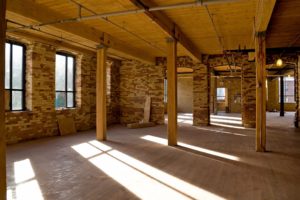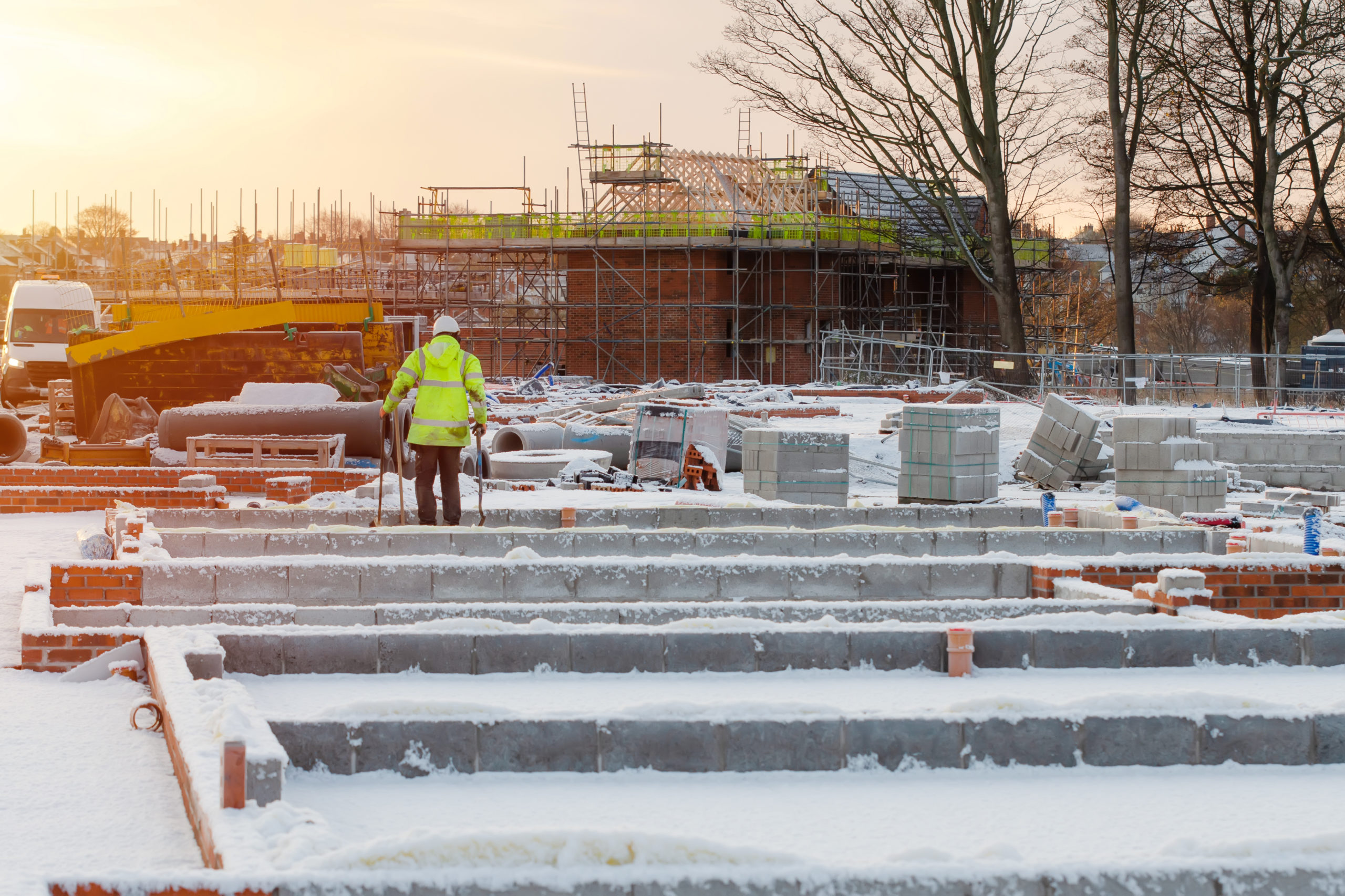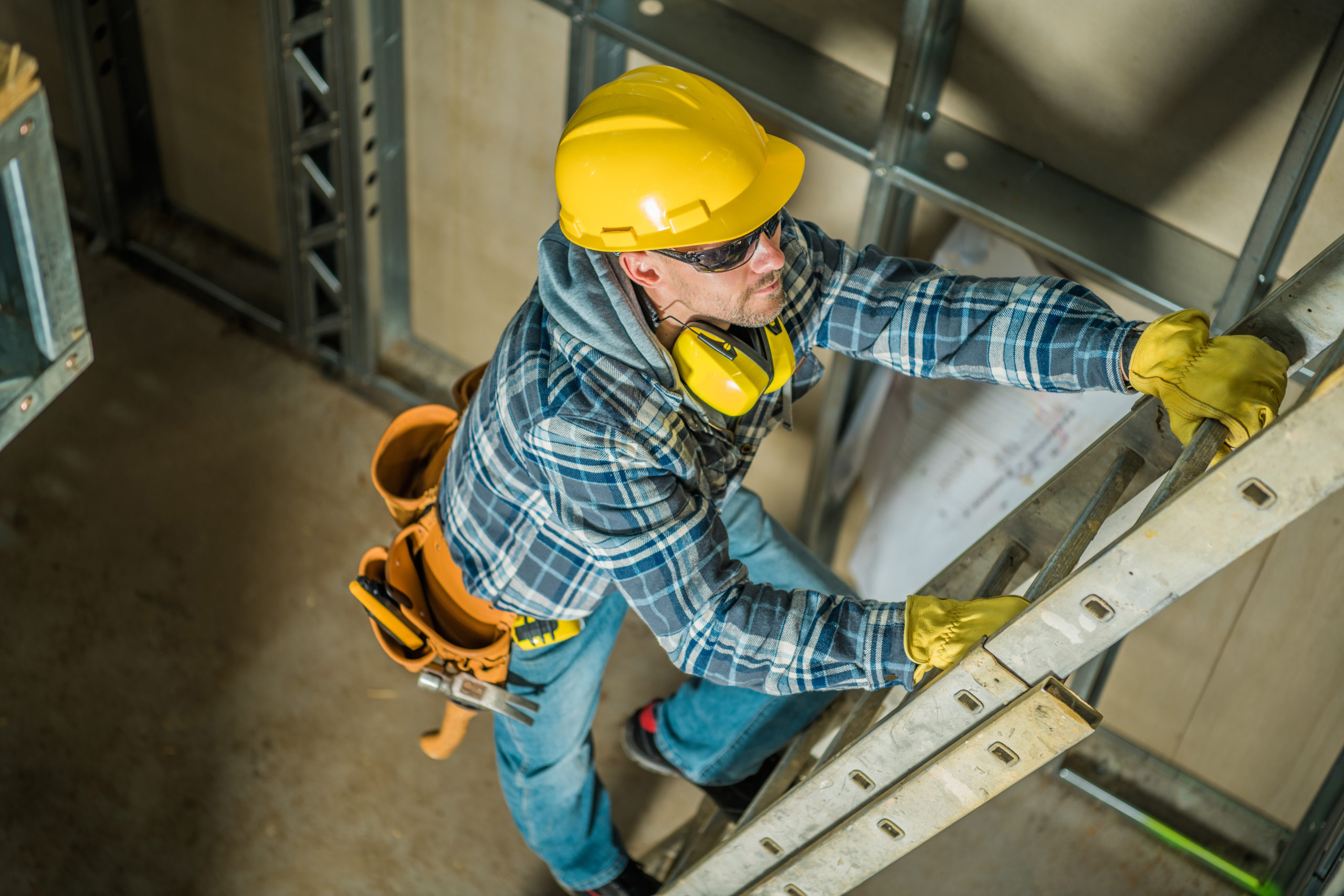Tearing into materials that contain asbestos can be detrimental to your family’s or employees health, which is why it is important to contact a professional prior to any renovation or demolition work.
 As a general rule, if the structure or building was built during or prior to the 1970s, there is a good chance that there are asbestos containing materials like floor tiles, ceiling tiles, roof shingles and insulation. However, SRP Asbestos Inspectors have seen homes and buildings that were built in the 2000s to have traces of asbestos. Even though manufacturing of products with asbestos has been banned, some of the materials in a newer building could have been recycled or reused. This why precautions must be taken before any remodeling projects to protect the owner and occupants from asbestos exposure.
As a general rule, if the structure or building was built during or prior to the 1970s, there is a good chance that there are asbestos containing materials like floor tiles, ceiling tiles, roof shingles and insulation. However, SRP Asbestos Inspectors have seen homes and buildings that were built in the 2000s to have traces of asbestos. Even though manufacturing of products with asbestos has been banned, some of the materials in a newer building could have been recycled or reused. This why precautions must be taken before any remodeling projects to protect the owner and occupants from asbestos exposure.
Asbestos & Renovation: 5 Things Not To Do
- Don’t Start a Renovation Without An Asbestos Inspection. It is important to know what materials contain asbestos and where they are located. Removing flooring or walls could send asbestos fibers airborne, making your home or office prone to asbestos exposure.
- Don’t Assume Asbestos Materials Are In Plain Sight. Always hire a certified asbestos inspector. They have the training and experience to locate asbestos containing materials. The glue or mastic underneath carpet or tile, insulation behind walls, and even piping could have asbestos.
- Don’t Ignore Newer Buildings. When in doubt, call a professional to determine if an asbestos inspection is needed.
- Don’t Try to Remove It Yourself. There is a reason why there are trained and certified asbestos abatement contractors. You could put you and the occupants in danger of cancer causing asbestos fibers when removing materials. There are proper procedures and regulations in place to ensure the safety of workers and building occupants. Full containment should be set up, proper personal protective equipment should be worn, and air monitoring should be done during abatement activities.
- Always disclose the presence of asbestos to employees and occupants. It is important that they know where those materials are located so they do not accidentally remove or disturb the materials. For example, maintenance personnel may unknowingly expose others to asbestos by drilling into walls or fixing leaky pipes.
Have Questions About Asbestos? Call an SRP Asbestos Inspector Today! Call (866) 222-4972 or email us below.

 ">
">
 ">
">